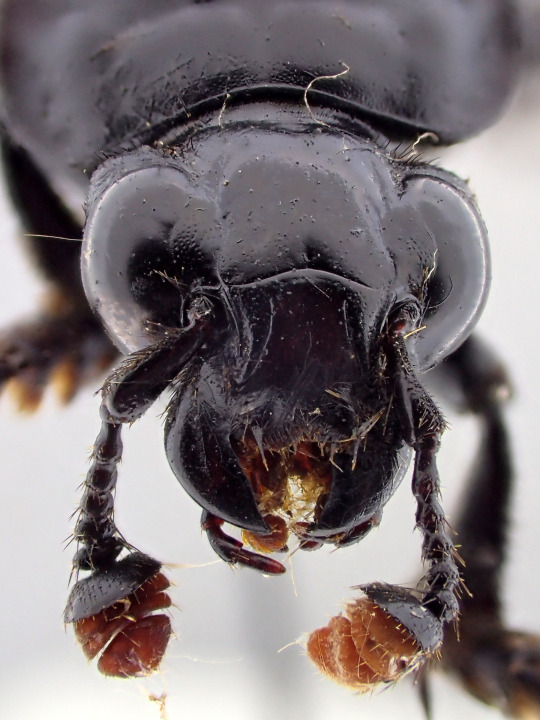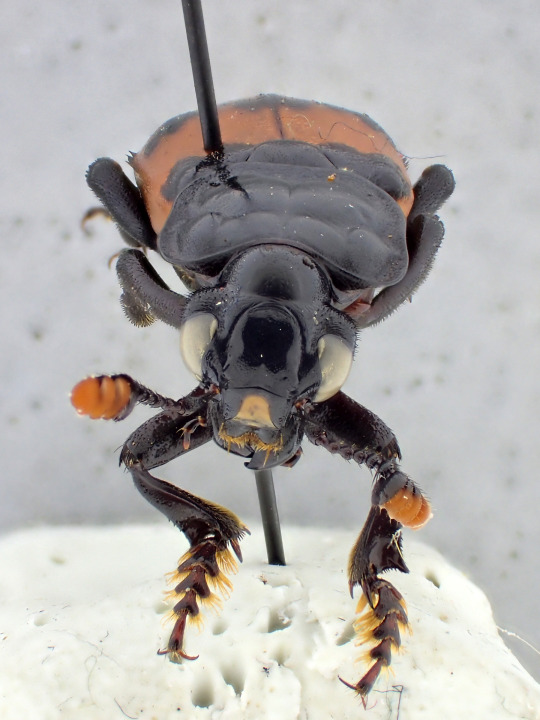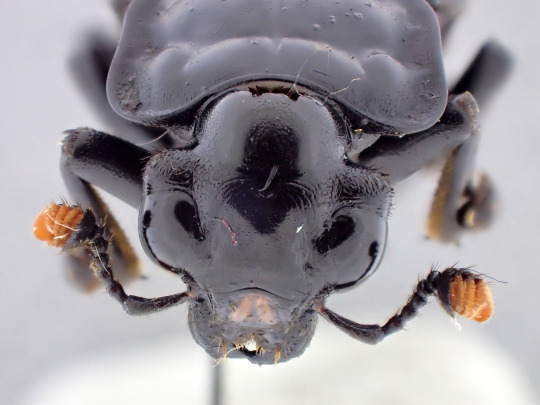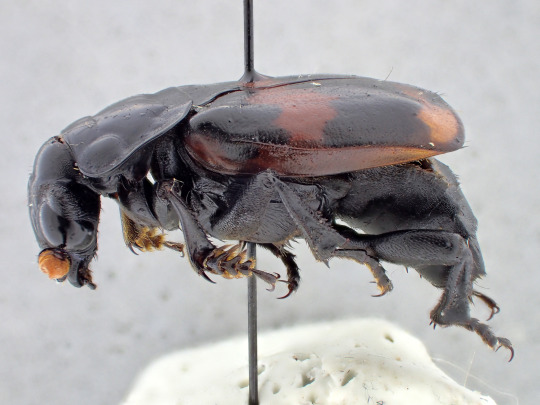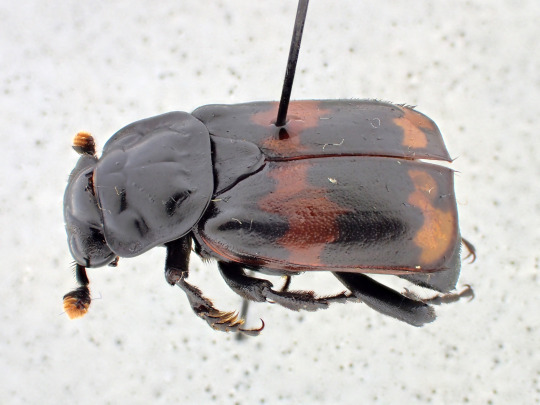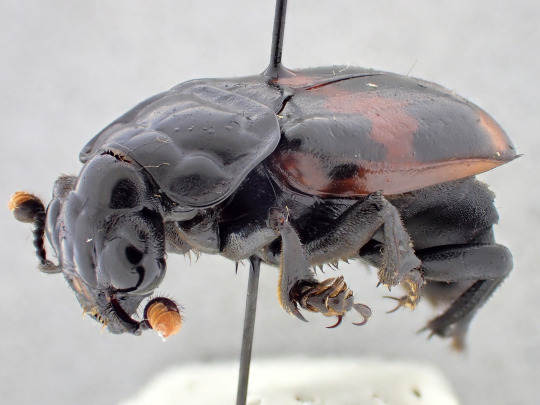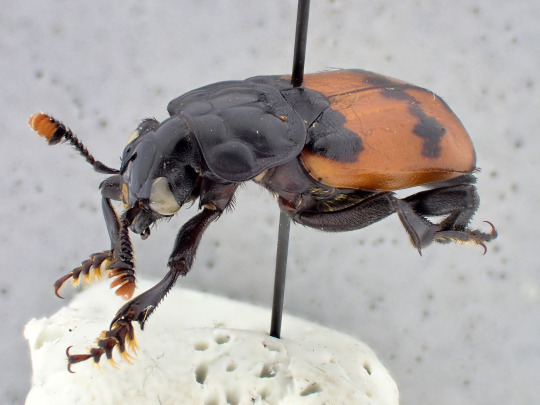#silphidae
Explore tagged Tumblr posts
Text
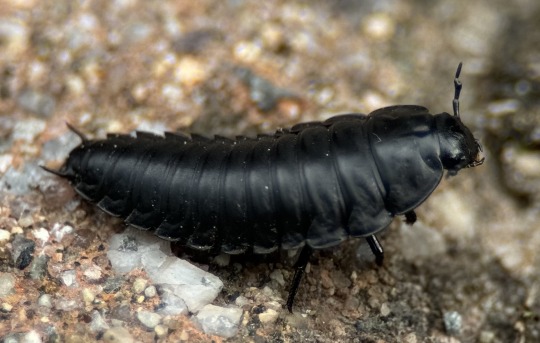
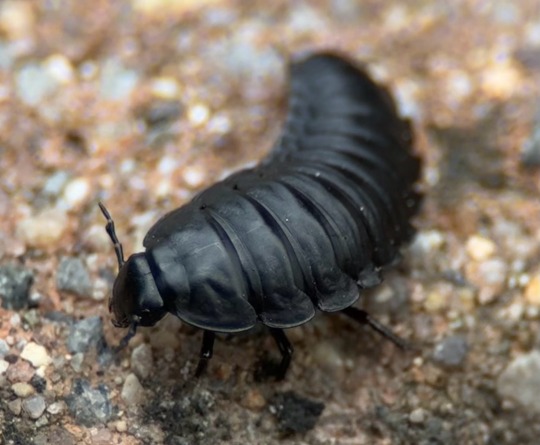
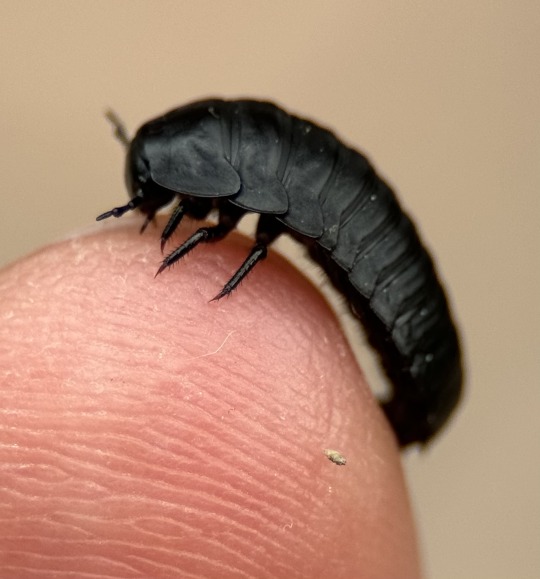
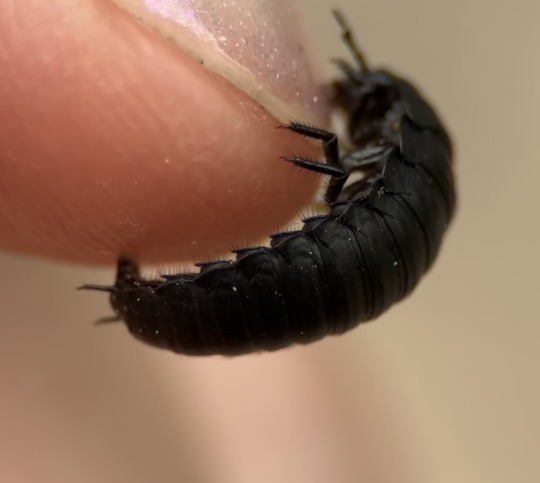
I thought this feisty little critter was an isopod until I got a closer look. This is a carrion beetle larva, and, as their name suggests, adults and larvae of this insect eat dead animals, maggots that live in carrion, and/or other types of decaying organic matter. I have no idea where this one came from, since there were no dead animals nearby or compost. Perhaps an insectivorous bird dropped it, or maybe this particular species likes chicken manure (there was a chicken tractor nearby vroom vroom). Putting this next part below the cut because it's a little gross. Proceed with caution:
This carrion beetle child seemed somewhat hungry, as it was nibbling at some dead skin around my finger nail. It tickled a bit and reminded me of the shrimp they sometimes have at aquariums that will nibble at your fingers. Yes that's a thing.
unidentified Silphidae larva Northeastern Pennsylvania, US
#carrion beetle#Silphidae#beetle#coleoptera#carrion beetle larva#larva#insect#nature#bugs#nature photography#biodiversity#animals#bugblr#inaturalist#arthropods#entomology#insect appreciation#child#chicken tractor#vroom vroom#not an isopod#nature's best manicure#nom nom#creature#macro#macro photography
2K notes
·
View notes
Text


making some posters for wheatpasting
can a poster convince you to love a beetle? hope so. ID in alt text
#art#ecology#sturgeon#beetles#animals#conservation#wildlife#my art#acipenseridae#silphidae#endangered species#insects
317 notes
·
View notes
Text
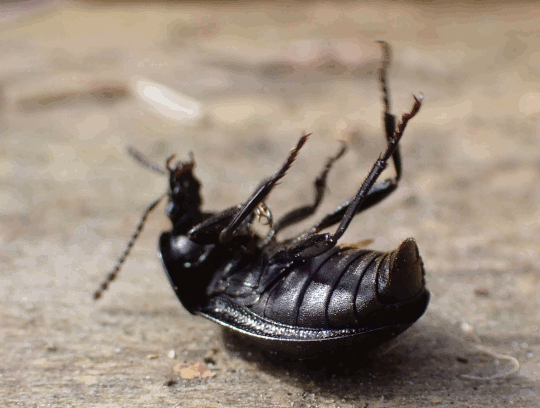
144 notes
·
View notes
Text

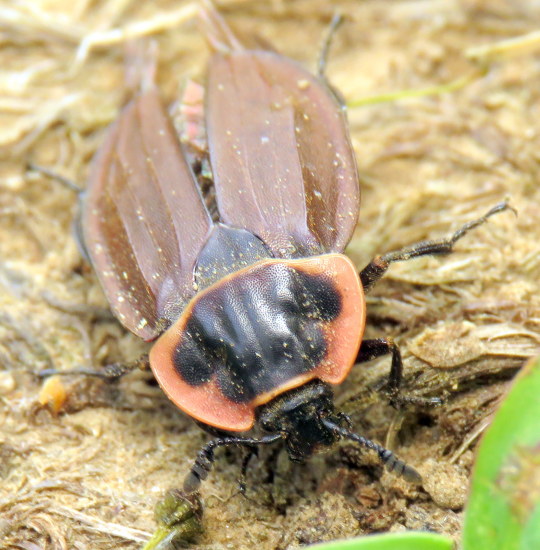
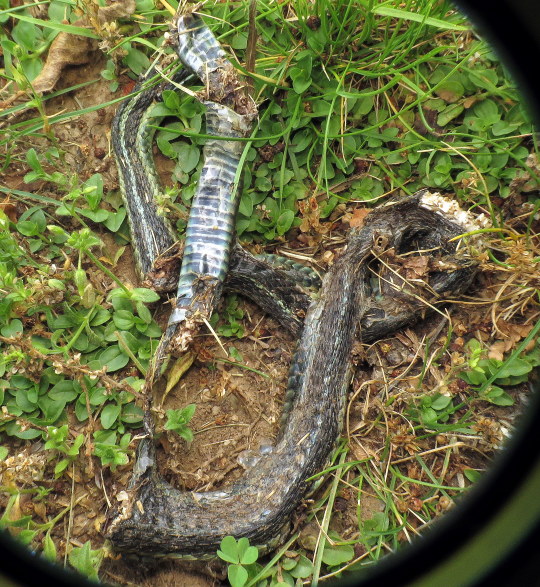
Bug of the Day
#TW snakes sneks deadthings
Ok, this is a little gross, so if you dislike gross or have a fear of snakes do not expand the post.
I found a dead garter snake in my back yard last week, and it had been there long enough to have all of these cool beetles devouring it, including this cool Margined Carrion Beetle (Oiceoptoma noveboracense). The beetle had died for whatever reason, I hope it maybe laid eggs in the snake carcass so its offspring can carry on.
#Oiceoptoma noveboracense#Oiceoptoma#Silphidae#Coleoptera#beetle#insect#carrion beetle#margined carrion beetle#snake#snek#dead snake#carcass#circle of life#trigger warning#TW#dead things#BotD#bug of the day
75 notes
·
View notes
Text

the sequel to longcat!
#i spent a while today reading about begging behaviors in burying beetle larvae and now i'm very weepy about them#also this did numbers on twitter so i thought eh and smacking it here too#silphidae#beetle#insect#bug#bugblr#entomology#my art
103 notes
·
View notes
Text
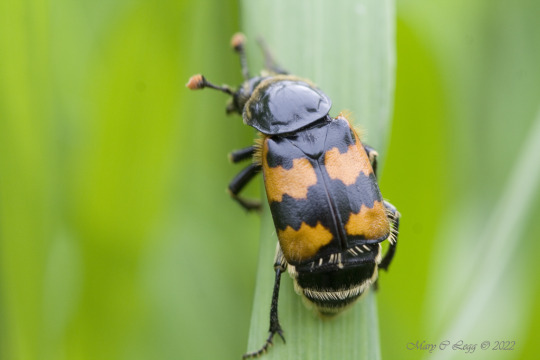
Sexton Beetle, Nicrophorus vespillo Canon 400D EF 100 2.8 f/4.5 1/80 iso: 400 radotin, czech Republic May 15, 2010
4 notes
·
View notes
Text

#Nicrophorus vespilloldes#Silphidae#Coleoptera#Insceta#Hexapoda#Arthropoda#Animalia#Sorex araneus#Soricidae#Soricomorpha#Mammalia#Vertebrata#Chordata#death#gif#exercising
0 notes
Text
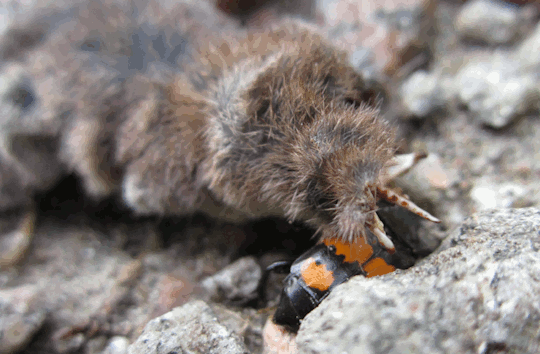
#nicrophorus vespilloides#silphidae#coleoptera#insecta#hexapoda#arthropoda#animaila#sorex araneus#soricidae#soricomorpha#mammaila#vertebrata#chordata#death#gif#burying
0 notes
Note
Saw this beetle(?) just now and I've never seen it before in the area, do you know what it is?
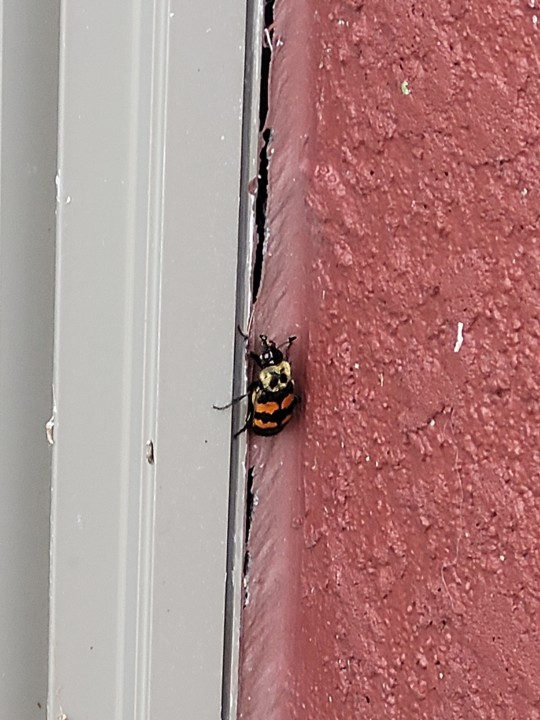
Beetle ID - Western U.S.:
Hello yes this is a Burying Beetle in the genus Nicrophorus, family Silphidae, most likely Gold-necked or Tomentose Burying Beetle (Nicrophorus tomentosus).
Species Nicrophorus tomentosus - Tomentose Burying Beetle - BugGuide.Net
Layout 1 (mt.gov)
85 notes
·
View notes
Text

@noodleroni2 submitted: I dont know much other than this being some sort of burying beetle, however i thought it was very beautiful. i especially love the red-tipped antennae
I also love the antennae tips! It is indeed a burying beetle in the family Silphidae and likely the genus Nicrophorus. Can't tell you much more without a location though!
106 notes
·
View notes
Text

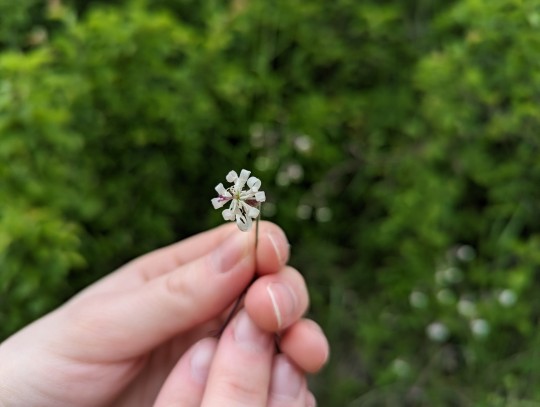
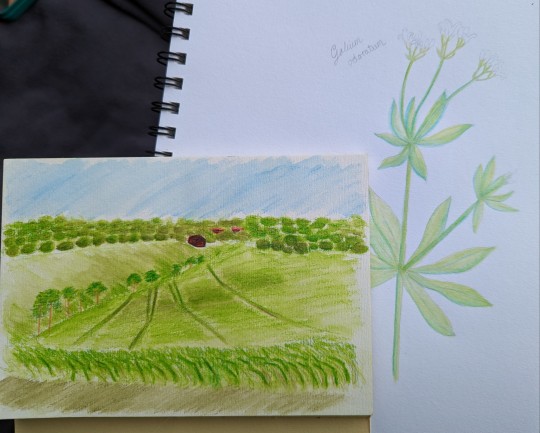
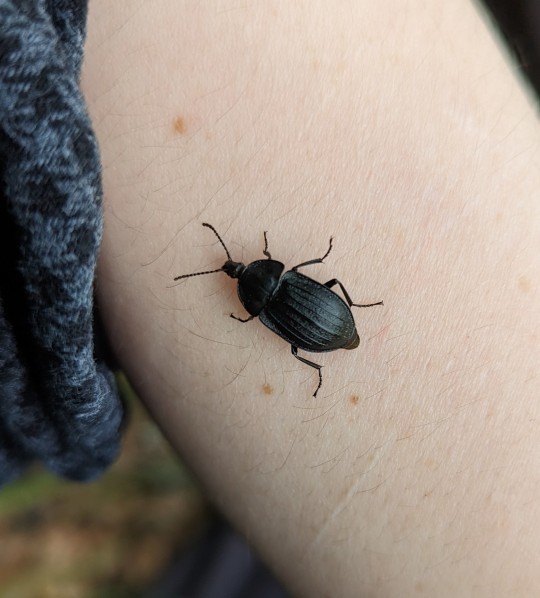

my best friend came for a visit this weekend.
i showed them my favorite spots around my part of town. we drank tea, picked some snacks in the woods, discovered some beetles in the fields (pictured: Silphidae) and tried to sketch/watercolour with moderate success. found this funky lil' flower with petals that were bending in on itself (Silene nutans). went searching for trees to climb like we used to back in the day. poked mushrooms. they stuck a daisy in my hair (idk. i am someone that LOooOVES sticking flowers in people's hair, but haven't had someone do it to me before. it was just very cute, okay? okay.)
#haven't seen them in a while#it honestly felt like the summer we first became friends. no worries. just exploration and fun and nature. missed it so much.#landscape by my friend.#feat little fly hiding in the purple flower. didn't notice him until i looked at the picture lol#also saw a snakefly! i didn't expect them to be so tiny#all of my friends with beards have had to succumb to flowers in them lmao. they have not been able to deny liking it.#........... i am never ever posting my face anywhere ever but hair and eyes if fine. yeah. sure. felt cute. never again.#journal entry#personal
2 notes
·
View notes
Photo
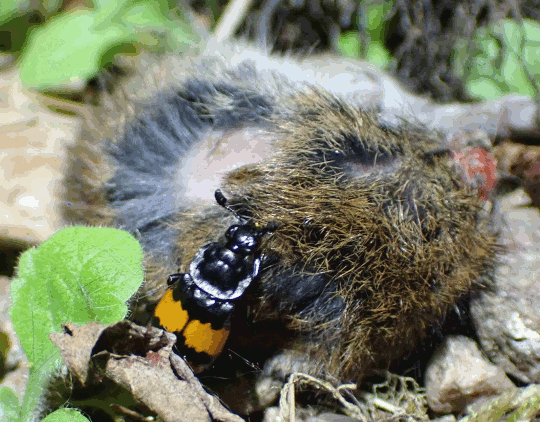
77 notes
·
View notes
Text
Yellow Hat Research - Beetles as Decomposers
some families of beetles who are primary decomposers of our environment - Scarabaeidae, Geotrupidae, and Silphidae.
I was more drawn towards the Scarabaeidae due to their striking and varied appearances.
Scarabaeidae
Scarabs are stout-bodied beetles, many with bright metallic colours, measuring between 1.5 and 160 millimeters.
Dung Beetles - Dung Beetles are mainly decomposers of plants. They are hardy creatures that have been around since the time of the dinosaurs. Historians have linked images of scarabs and rolling dung to Ancient Egyptians beliefs around resurrection, as they believe Khepri rolls the sun across the sky each day and at night they roll it across some other world until they rebegin at daybreak.
Hercules Beetle - inhabit the rainforests of Central and South America and are important decomposers in their ecosystems. Larvae consume decaying wood while adults feast on rotting fruit.
Goliath Beetle - As adults, they primarily feed on fruits, tree sap, and other plant materials. Goliath beetles play a crucial role in their ecosystems as scavengers and decomposers, contributing to the breakdown of organic matter and nutrient cycling in forest environments.
0 notes
Text
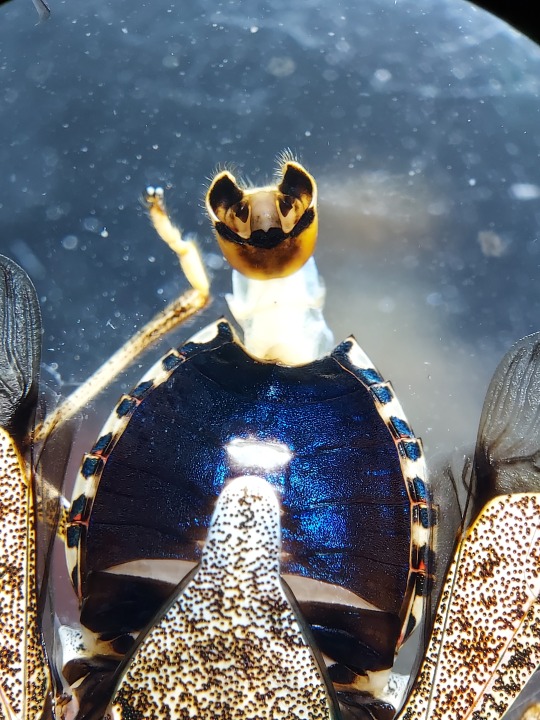
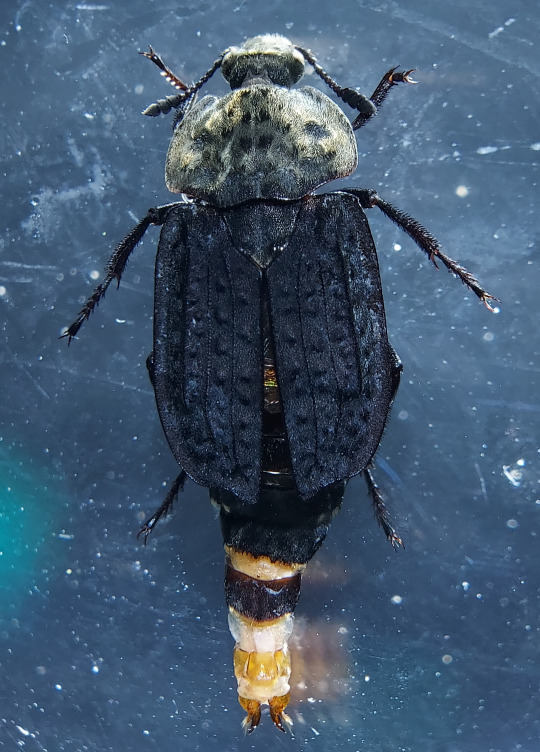
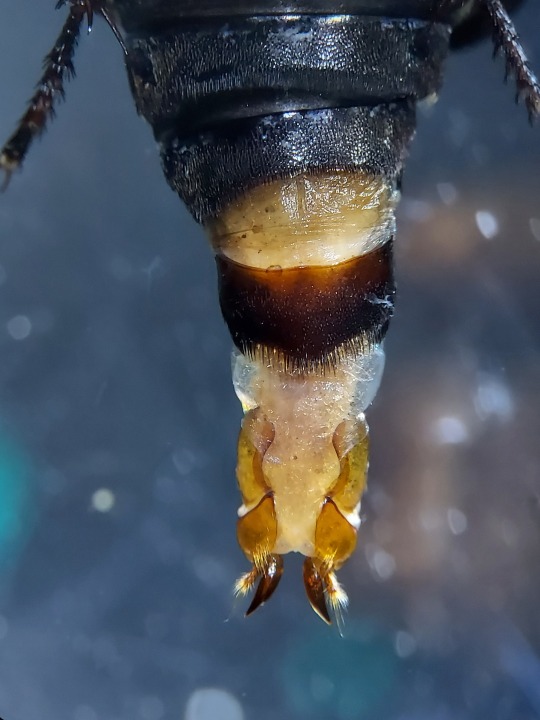
tfw u die with your whole pussy out
80 notes
·
View notes
Text

Sexton Beetle, Nicrophorus vespillo Canon 400D EF 100 2.8 f/ 4.5 1/80 iso: 400 Radotin, Czech Republic 5/17/2010
#CarrionBeetles#Silphidae#Coleoptera#beetles#AmazingBeetles#insects#invertebrates#macro#insectphotography#macrophotography#insect#canon
0 notes
